Dashavatara in Hinduism
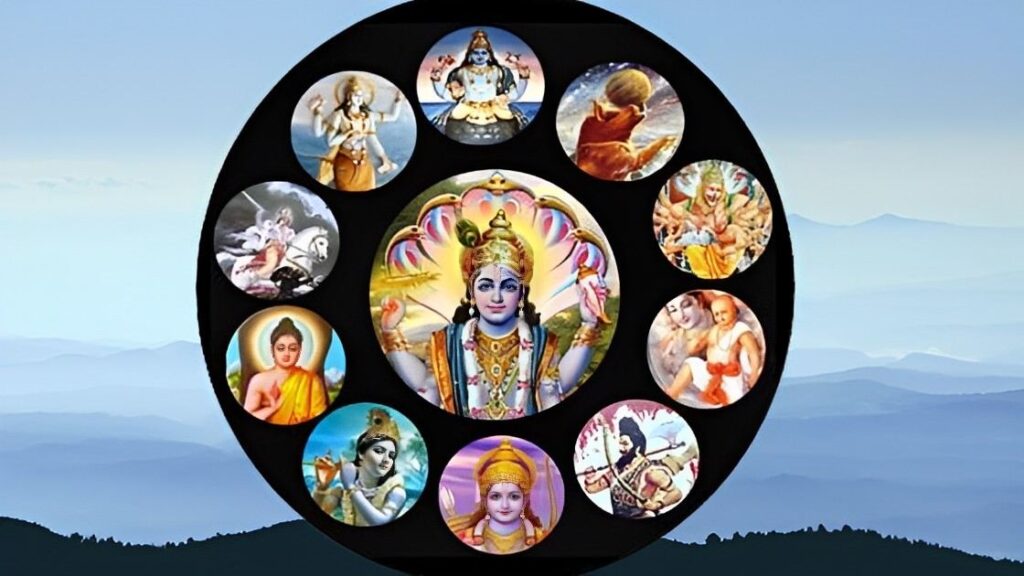
Dashavatara has a simple Sanskrit meaning, where Dasha means ten and avatar means incarnation. In a nutshell, the term refers to the ten main incarnations of the Hindu deity Vishnu, who is the primary deity in the Trinity and Vaishnavism schools of Hinduism. The incarnations of Vishnu are innumerable, Sages selected 10 Incarnations named them Dashavatara. Then Garuda Purana introduced the list of Dashavatara. There was confusion over the list of Dashavatara in different scriptures. Vishnu avatars are mentioned in the Agni, Padma, Garuda, Linga, Narada, Skanda, and Varaha Puranas. But in the Vayu Purana, the avatars of Buddha and Balram were replaced by Dattatreya and Vyasa. The 8th avatar mentioned in the Shiva Purana is Balaram.
Briefing out all the 10 avatars of Vishnu in a nutshell
The First Incarnation of Vishnu :
Matsya avatar: Matsya is the half fish, a half-human avatar of Vishnu. According to Matsya Purana, Matsya hinted to Manu about the natural calamity that was going to hit the earth and destroy human, animal, and plant life. He wants to save them from this natural disaster.
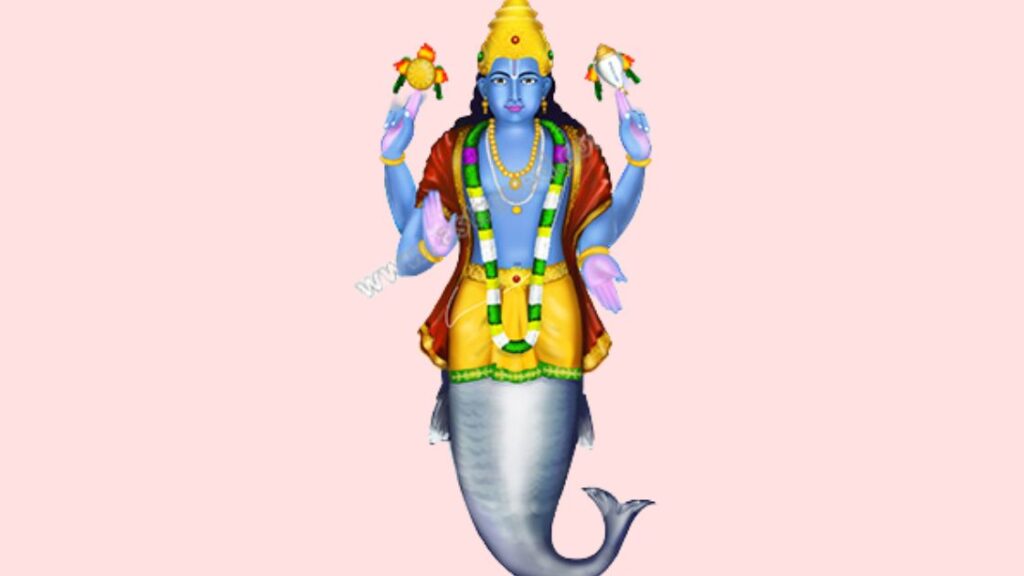
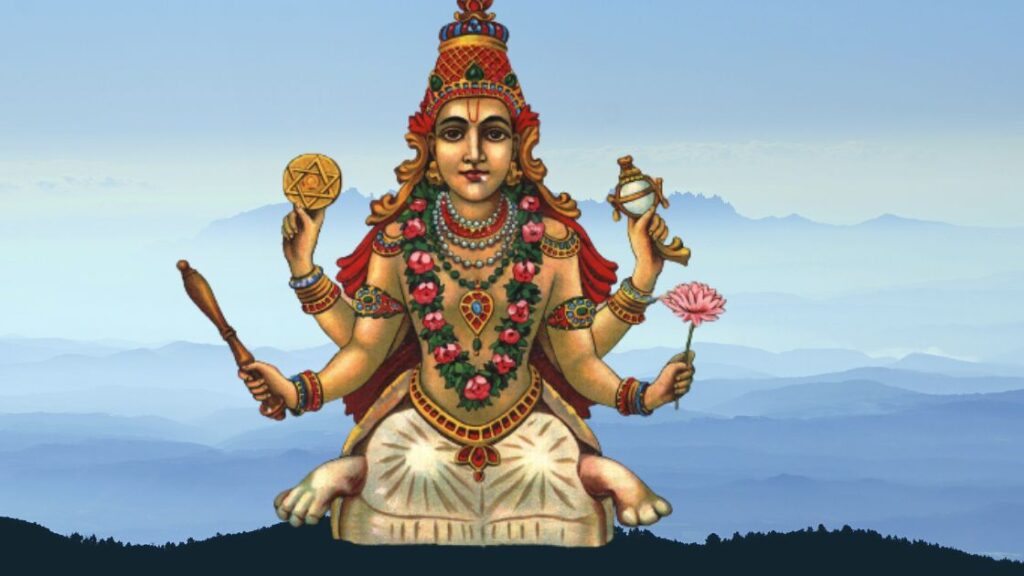
The second incarnation of Vishnu:
Kurma avatar: in half-tortoise and half-man form. This incarnation took place during the churning of the ocean. ( Samudra Manthan) Vishnu offered his back and balanced on Mount Mandara to aid the gods and asuras in the churning process. During this process, Vishnu used the female avatar Mohini to distribute the amritamu, the nectar of immortality. When Kurma and Mohini incarnated, 100 years of conflict between the Gods and Asuras were resolved.
The third incarnation of Vishnu: Varaha
Varaha, or the boar incarnation of Vishnu. In this avatar, he restored life on earth where Varaha fought with Hirayanaksha for 1000 years, killing him, and saved the earth( Bhoodevi ) by submerging her in the cosmic ocean.
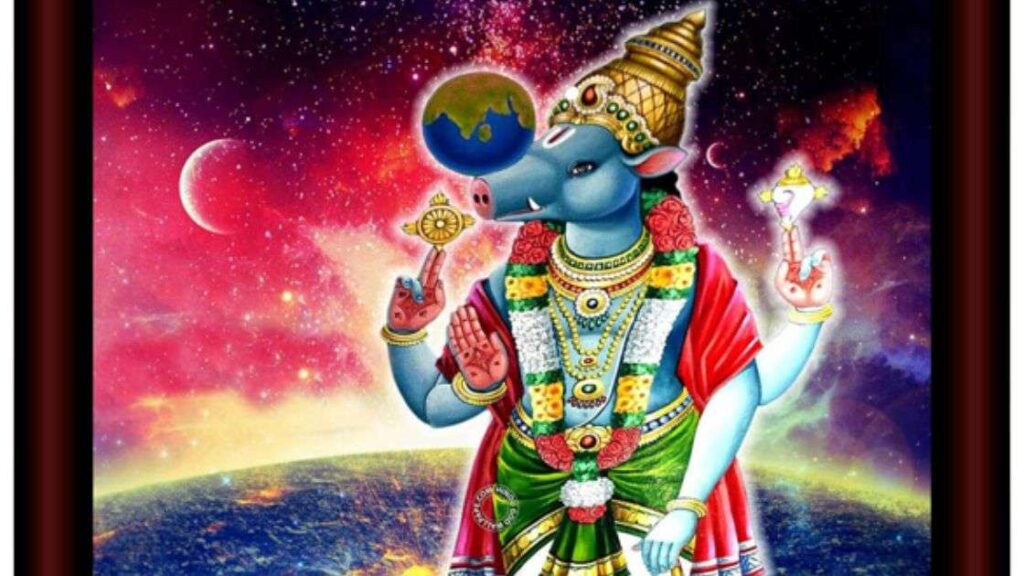
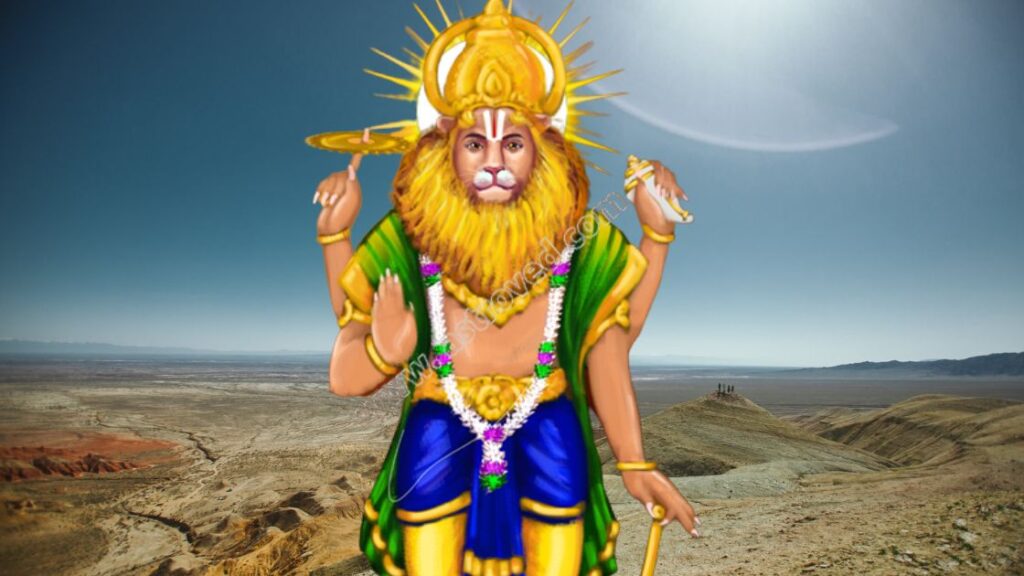
The fourth Avatar of Vishnu: Narasimha
The Narasimha Avatar is a Vishnu incarnation that is half lion and half human. Hiranya Kashyap, the demon king, desired to assassinate his son Prahalad, a Vishnu devotee. They plotted to kill him, but each attempt was foiled by the power of devotion. His attempts also resulted in the death of his sister, Holika. He ended the reign of Hiranya Kashyap, who had been bestowed with Lord Brahma’s boons, by taking the avatar of. Narasimha’s avatar brought peace, order, and piety to the earth.
The fifth Avatar of Vishnu: Vamana
Vamana Avatar Vamana, a Dwarf Brahmin, assassinated King Mahabali due to his increasing power and popularity among the people as a result of his generosity to them. Brahmins, according to his rules, always have high regard for others and are never turned away without having their desires met. Vamana was welcomed into his kingdom and honoured by giving him anything he desired. Vishnu asked for three paces of land. The dwarf accepted, and the dwarf transformed into a giant to grab everything in the universe in three steps. Bali surrendered to Vishnu after seeing his true image and power, and tricked him during a sacrifice ceremony, sending him to the underworld. Indra reclaimed Patal Loka and Deva Loka.
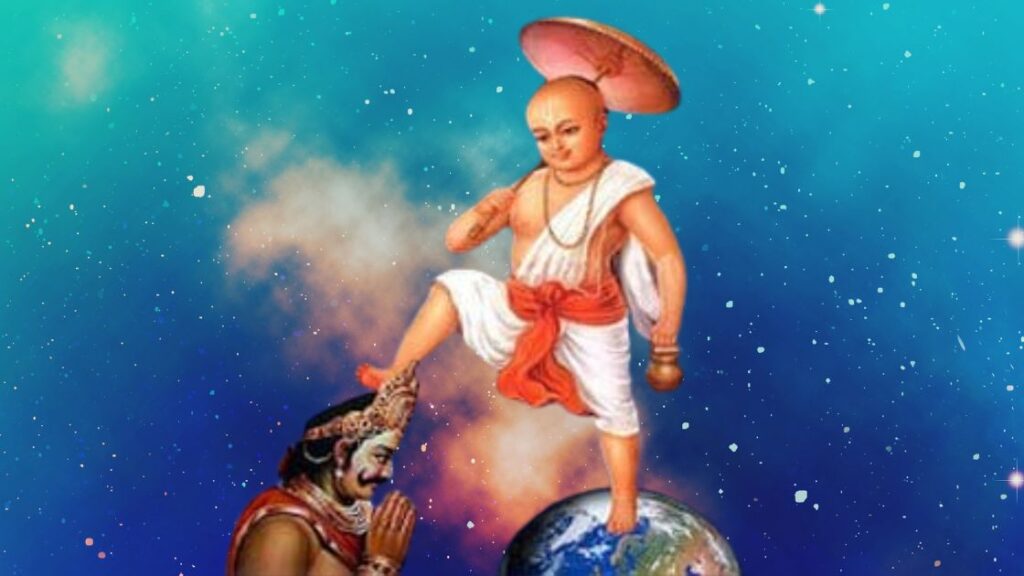
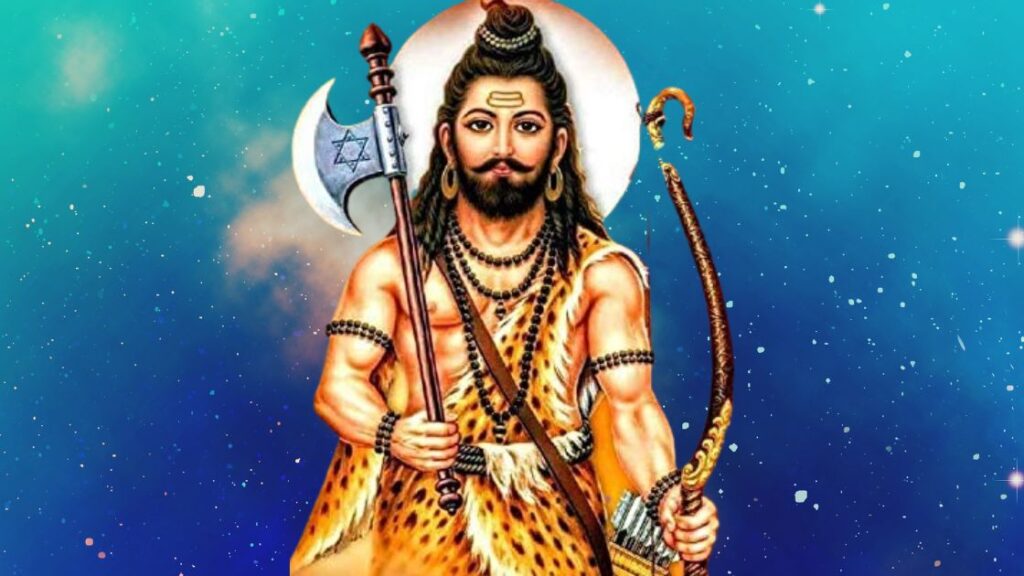
The sixth avatar of Vishnu: Parushuram
An Avatar is a safe depiction of a safe person holding an axe. He took on this avatar in order to restore the cow’s importance. (Kamadhenuvu). He killed King Kartavirya , who had stolen the holy cow Kamadenuvu, which grants all desires.
The seventh incarnation of Vishnu: Rama avatar
The Ramayana story was born when Rama, who is a powerful deity in Hinduism and the son of Dasaratha, went into exile for 14 years along with his wife Sita and her brother Lakshmana. This is where the Ramayana story was born. He killed Ravana for his tyrannical rule, and he took control of Navagrahas and Deva Loka. He has delivered Sita Maa from Ravana’s clutches, who abducted her when she was alone.
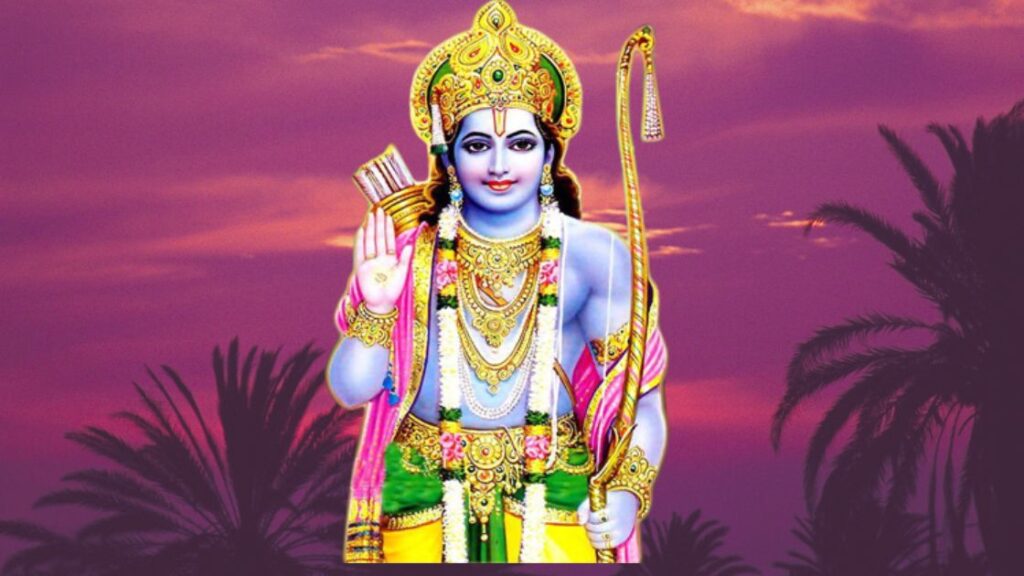
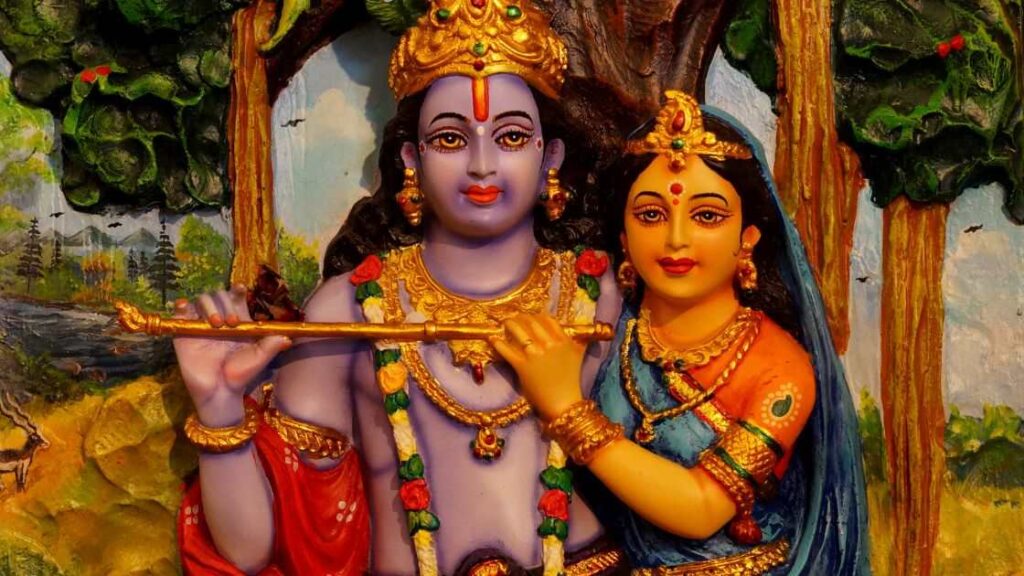
The Eighth incarnation of Vishnu:-Krishna Avatar
He killed the king of Mathura, Kamsa, who was a demon who wanted to kill his sister’s son. He was his maternal uncle. During the Dwapara Yuga, Krishna and Balrama played the roles of sustainers.
The ninth incarnation of Vishnu: Buddha avatar
He manifested this avatar to alleviate suffering and misery in the world. There were two incarnations of Buddha. Some people are opposed to seeing Buddha as a Vishnu, while others embrace Buddha and worship him in both Buddhist and Hindu temples.

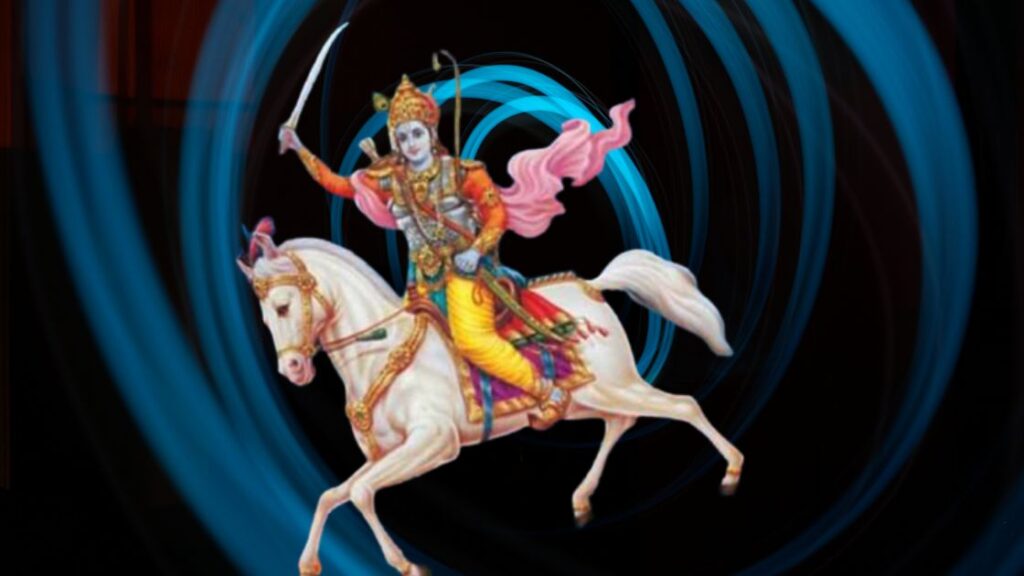
The Tenth incarnation of Vishnu- Kalki Avatar
He was portrayed as a warrior on a white horse, wielding a gleaming sword. At the end of the Kaliyuga, he will still be incarnate.
Conclusion
To summarize, Four avatars appeared during the Satya yuga. Three more avatars appeared during the Treta yuga. Two more avatars appeared during the third yuga, known as the Dwapara yuga. The final yuga, Kaliyuga, will last 432,000 years until he eliminates evil forces from the earth via the incarnation of Kalki the avatar. A new avatar, known as the Kali Yuga, will be born.
Content Specific Keywords: dashavatar in vedas, dasavatharam in hindu mythology, dashavatara in hindi, dashavatara in order, dashavatara names, 10 avatars of vishnu in order, 10th avatar of vishnu, 9th avatar of vishnu, vishnu avatar list, Krishna avatar, Rama Avatar, Kalki Avatar, Vamana Avatar, Parushuram Avatar, Varaha Avatar, Narasimha Avatar.

